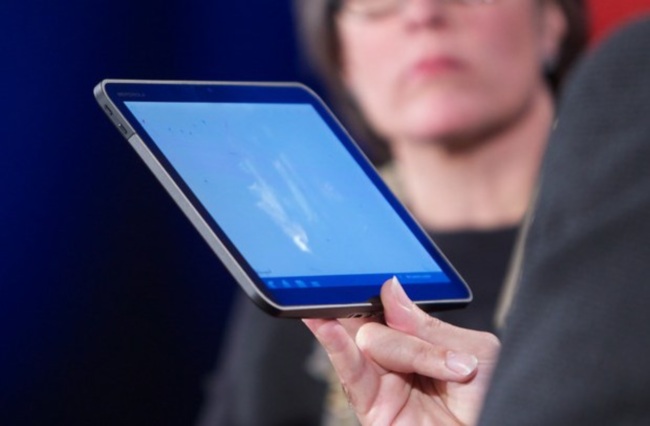
In the last 24 hours, we’ve had a flurry of Android smartphone news. Android 2.3 (Gingerbread) details have been released; Google announced the Nexus S phone; the Google eBookstore has launched; and we learned that a new version of Google Maps with 3D buildings is coming out. Well, here’s one more. Video of Android chief Andy Rubin’s Google Maps demonstration at the All Things D Conference has hit the web, and brought some extra details. Rubin showed off the new Maps features on an unannounced upcoming tablet from Motorola running an early version of Android 3.0 (Honeycomb), a 2011 version of Android that will officially support tablets.
The hosts you’ll see in the video below are Walt Mossberg and Kara Swisher of D: All Things Digital. CNET does a good job summarizing the majority of the rest of Rubin’s interview where he is grilled on the failure of the Nexus One and the fragmentation between Android experiences on different handset manufacturers, and how much control carriers have over Android.
During the interview, Rubin shows off the new Google Maps and some other new features of Android 3.0. The biggest change is that the tablet doesn’t have a single button on the front of it–even the iPad has one button. Rubin explains this by showing how the device can be picked up and used from any orientation, meaning that it has no real bottom or top. (However, he doesn’t mention that the front-facing camera is only in one place.) He also shows off a tablet version of Gmail and some new desktop widgets. The device’s homescreen looks almost Windows-like in some ways.
TechCrunch estimates that the Motorola tablet shown is about 9 inches, larger than the Samsung Galaxy Tab, but slightly smaller than an iPad. It has no price point or release date, but Rubin does comment on the price of the pre-production unit he’s holding: about $10,000.


